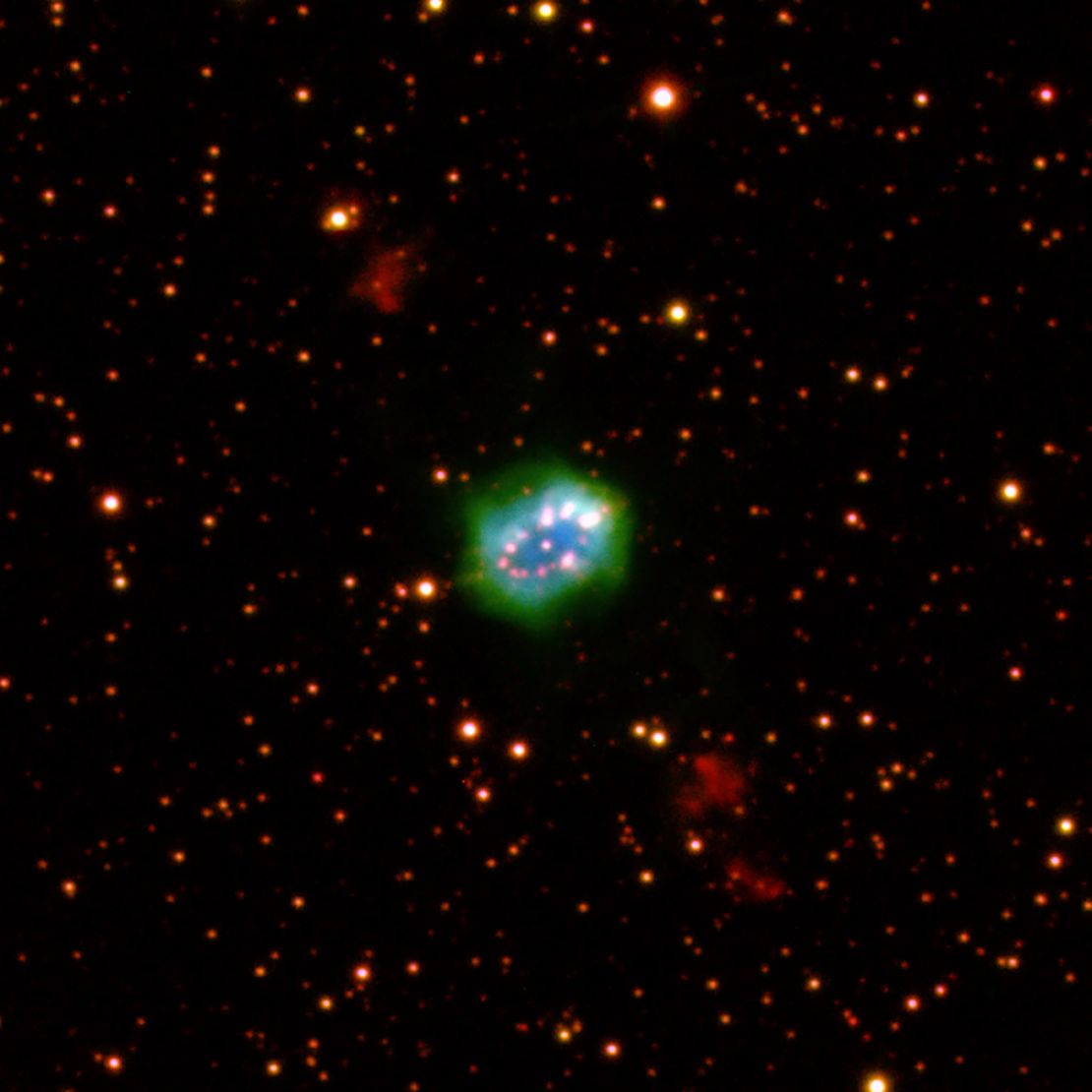Around 2083, give or take a few years, we may spot a bright blazing star in the sky that seems new. It’s expected to rival Sirius, the brightest star in our sky, or even Venus.
It won’t be a new star, but a “guest star” – the remains of an explosive event between two stars with temporary brightness. Right now, V Sagittae is an incredibly faint star in the Sagitta constellation. It’s hard to see, even through mid-sized telescopes.
It’s hard to imagine that toward the end of this century, it will be the most luminous star in the Milky Way galaxy when it explodes, according to Louisiana State University astronomer Bradley Schaefer.
The announcement was made this week at the 235th meeting of the American Astronomical Society in Honolulu.
V Sagittae, also known as V Sge, is a star system that includes a regular star in orbit with a white dwarf star. That’s known as a Cataclysmic Variable, or CV. The normal star is losing its mass to the white dwarf, and it’s 3.9 times more massive than the white dwarf.
The orbit is decaying, causing the stars to move closer and closer to each other in an inevitable death spiral.
A white dwarf is what’s left after a sun-like star dies, and the remnant is usually Earth-size. When a sun-like star reaches the end of its life and burns through all of its fuel, it puffs up to form a red giant and blasts out about half of its mass. Nearby planets and asteroids become consumed by the blast. The hot white dwarf is left behind.
But this binary star pair is different.

“In all other known CVs the white dwarf is more massive than the orbiting normal star, so V Sge is utterly unique,” Schaefer said. “Over the next few decades, the star will brighten rapidly. Around the year 2083, its accretion rate will rise catastrophically, spilling mass at incredibly high rates onto the white dwarf, with this material blazing away. In the final days of this death-spiral, all of the mass from the companion star will fall onto the white dwarf, creating a super-massive wind from the merging star.”
Ultimately, the explosion will achieve the brightness of a supernova as the two stars merge into one. The new hybrid star will have a white dwarf core surrounded by a hydrogen-burning layer and a hydrogen gas envelope.
The peak brightness is expected to last for about a month.
Although it appears faint to us, V Sge has been brightening on a timescale from the 1890s up to now. Archival photos and new data allowed the astronomers to make the discovery.
“V Sge is exponentially gaining luminosity with a doubling time scale of 89 years,” said Juhan Frank, LSU astronomer. “This brightening can only result with the rate of mass falling off the normal companion star increasing exponentially, ultimately because the binary orbit is in-spiraling rapidly.”
The estimated date of 2083 has an uncertainty factor of 16, meaning it could occur between 2067 and 2099. This is because they don’t have a perfect measurement of the time scale for the star system’s increasing brightness.
“V Sge will appear startlingly bright in the night sky,” Schaefer said. “This is substantially brighter than the all-time brightest known nova just over a century ago, and the last time any ‘guest star’ appeared brighter was Kepler’s Supernova in the year 1604. Now people the world over can know that they will see a wondrous guest star shining as the brightest in the sky for a month or so, being pointed at by the Arrow just below Cygnus, the Swan.”






























































